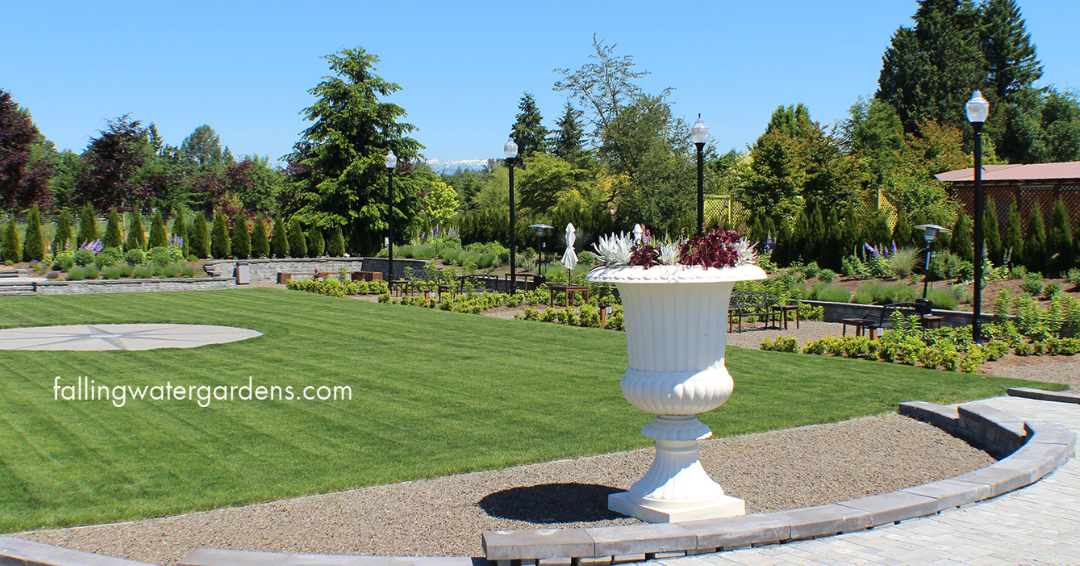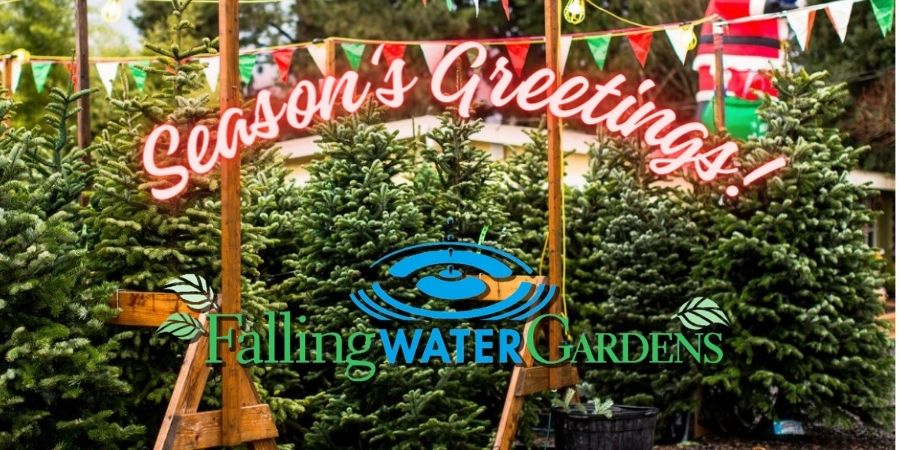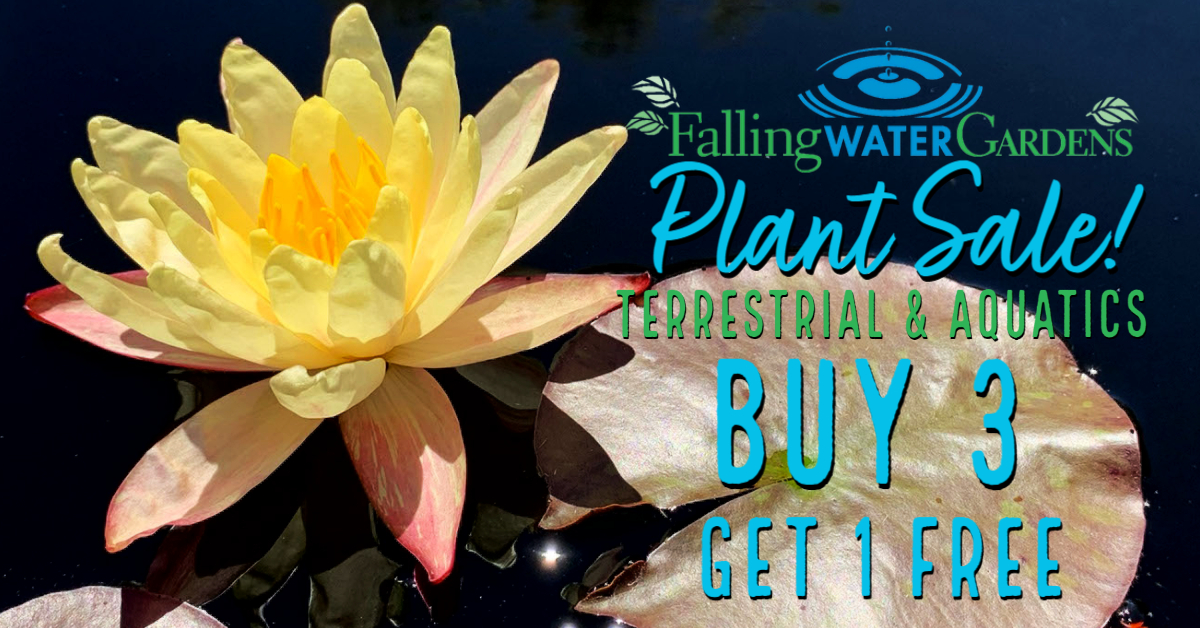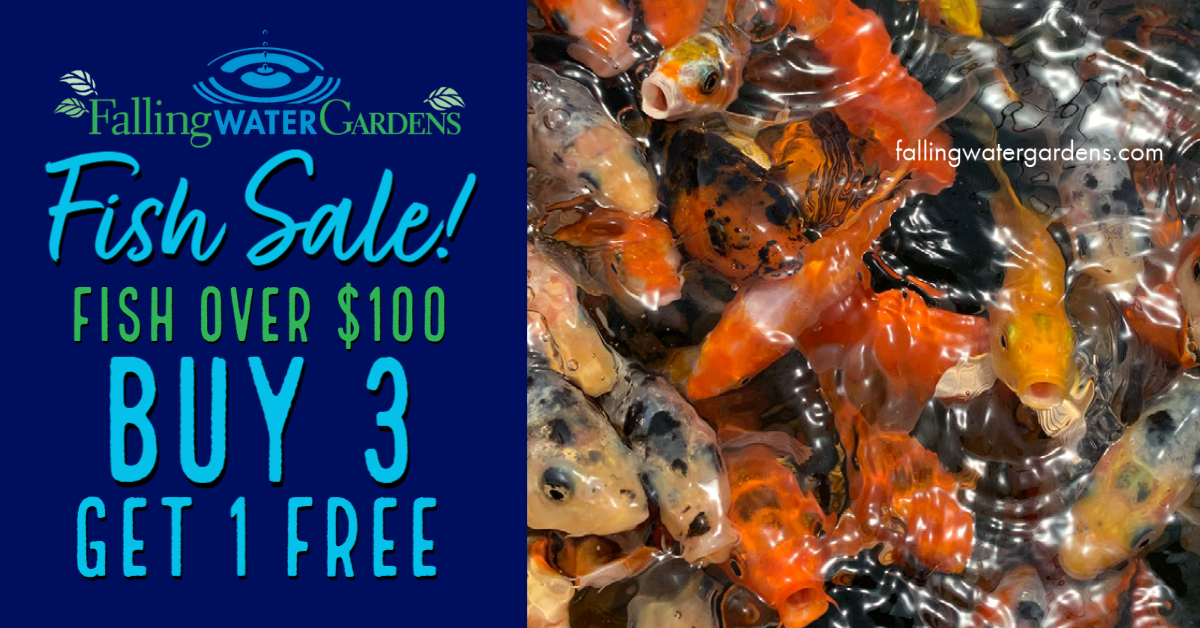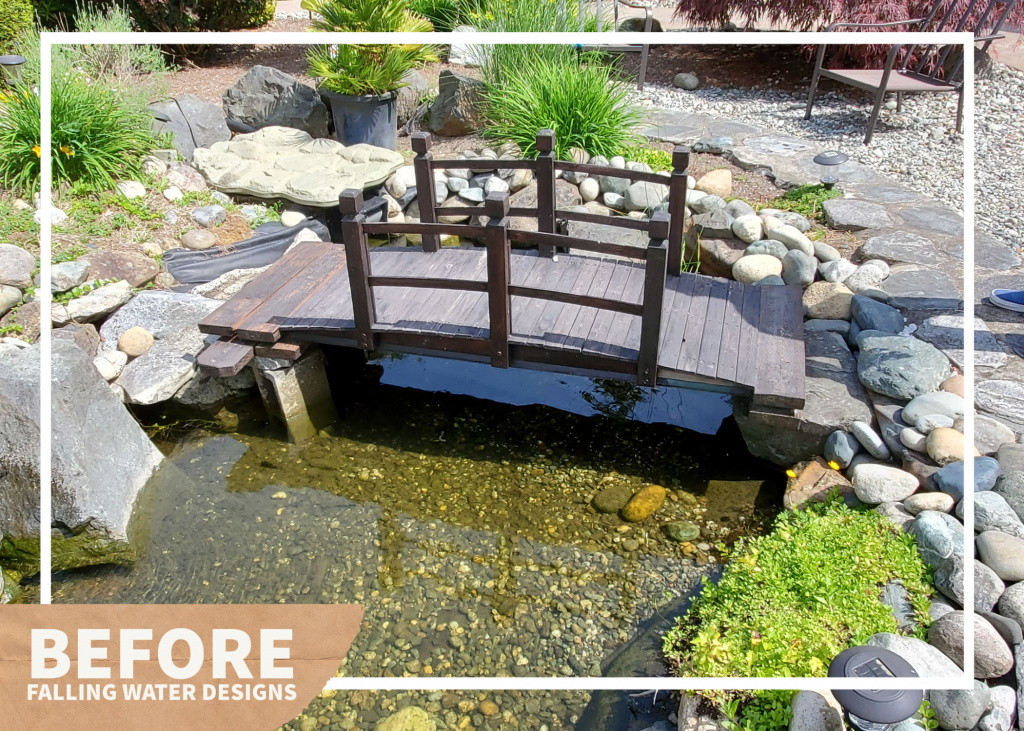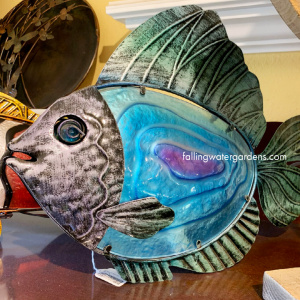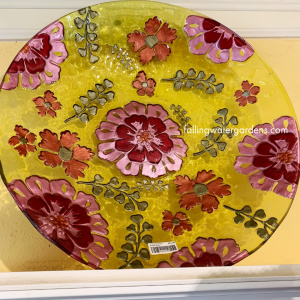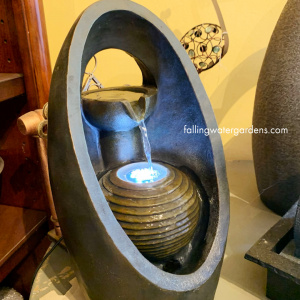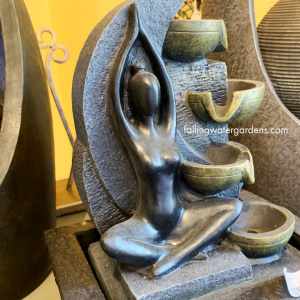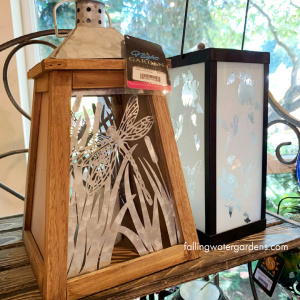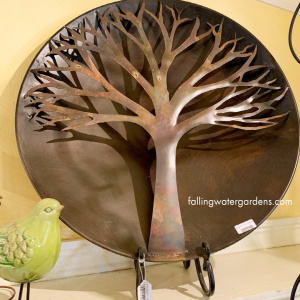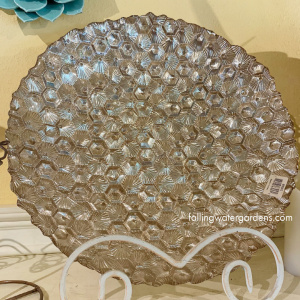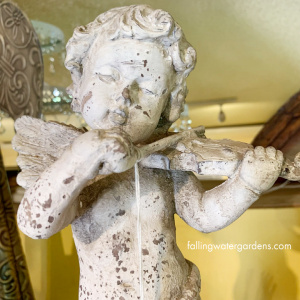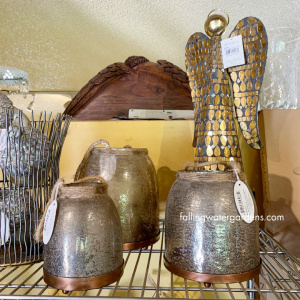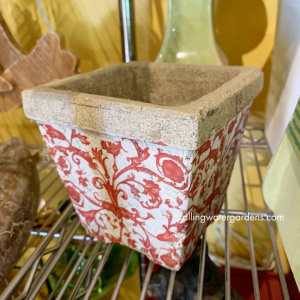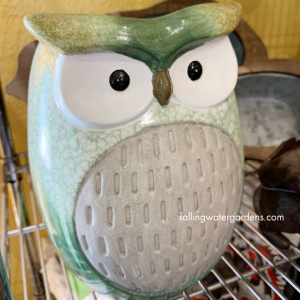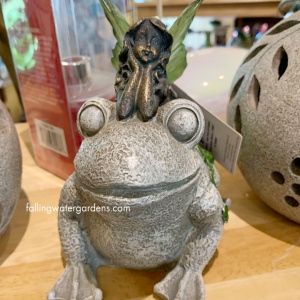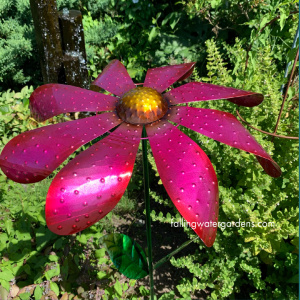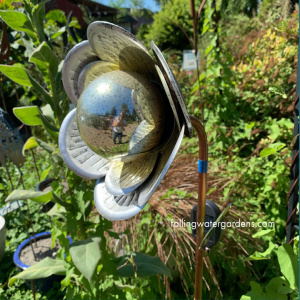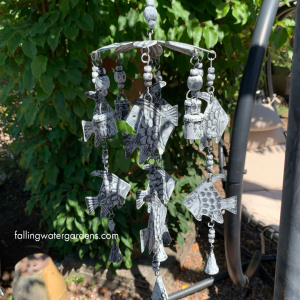Here we come into the fall season! And GOODNESS we have all the specials for you! In Nursery News, see all the sales! Our Featured Design for September is spectacular! And be sure to check out the Featured Koi and fish advice as well as all the featured plants and gift shop goodies!
This issue is jam-packed!!
Nursery News
Hooray! In addition to sharing with you some of our featured plants of the month, It’s the end-of-season sale too! We are featuring a sale on all plants of Buy 3 get 1 free, and this goes for terrestrial and aquatic plants. Further, we are having a sale on our fish over $100, where when you purchase 3 you get 1 free!
HOURS OF OPERATION NOTICE
September 21, 22, and 23rd we will be closed.
We will be returning to our fall hours starting on September 24th
Friday, Saturday, Sunday, Monday from 10 AM to 5 PM.
Closed Tuesday-Thursday, except by appointment only
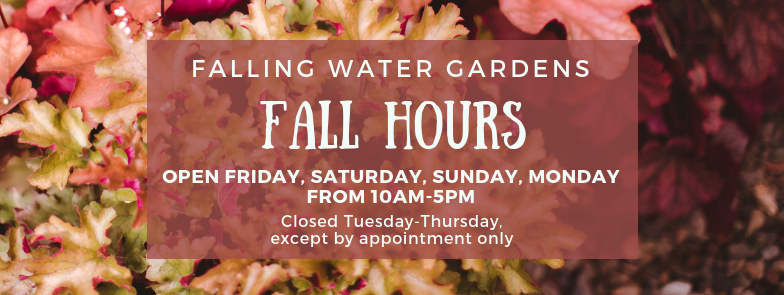
Featured Design of the Month
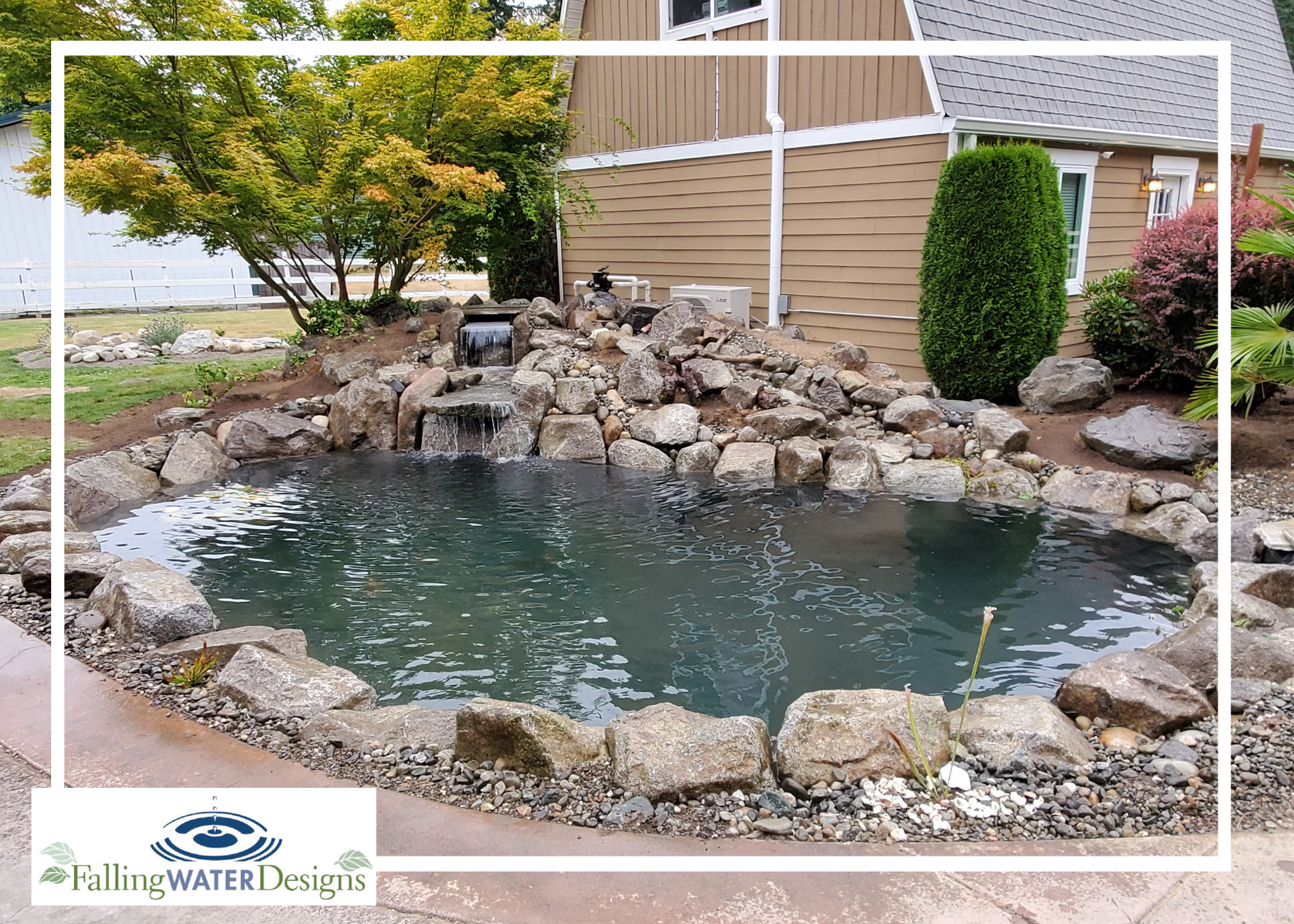 This month, we share with you a pond renovation. The original pond was only about 1’ deep. We demolished the existing pond and then expanded the width and length and dug it into a true 4’ deep Koi pond.
This month, we share with you a pond renovation. The original pond was only about 1’ deep. We demolished the existing pond and then expanded the width and length and dug it into a true 4’ deep Koi pond.
This renovation included adding all the proper equipment to keep large Koi. A new skimmer, filter fall, bead filter, large UV sterilizer, and both terrestrial and underwater lights were added to the pond. Check out this before photo! What a transformation!
Now is the time to start your Landscape Designs!
Did you know Fall is an excellent time to hire our landscape company, Falling Water Designs, to finish (or start) those landscape projects you were unable to complete during the busy spring and summer months?
While Falling Water Designs works year-round, whether it’s creating garden designs for new clients, cleaning and repairing ponds, or installing ponds, patios, fire-pits, etc. Let us assist with your needs!
Featured Koi of the Month: Ai Goromo
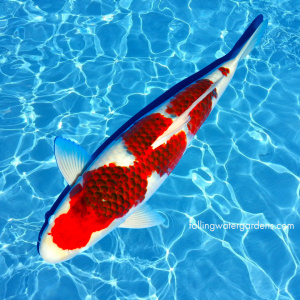 In identifying an Ai Goromo koi, you will see that it has both red and white patterns across its body. Their beautiful scales really added the most interesting characteristic. When the Ai Goromo is young, the otherwise darker edges of their scales appear slightly faint. However, as the koi fish ages, the scale patterns become more prominent.
In identifying an Ai Goromo koi, you will see that it has both red and white patterns across its body. Their beautiful scales really added the most interesting characteristic. When the Ai Goromo is young, the otherwise darker edges of their scales appear slightly faint. However, as the koi fish ages, the scale patterns become more prominent.
If you see an excess of black spots (also known as Sumi-black spots) there will be an imbalance of the markings on the adult koi. It is important that the Ai Goromo koi has distinct dark red markings evenly distributed across its body, except the koi fish head.
Fish Health

KOI OWNERS: As the water temperature dips below 60 degrees, we want to switch back to a cool-season/wheat germ food (we sell this at the nursery). Continue feeding fish until the water temperature hits 50-55 degrees (typically mid-October).
As the water temperature cools fish cannot digest their food as efficiently. High protein Summer food can actually rot in their gut and cause abscesses. As the water temperature drops below 60 degrees you should switch to a cool-season or Spring/Fall food that has more wheat germ which is easier for your fish to digest. When the temperature drops below 50 you should stop feeding your fish entirely until Spring.
Pond Winterization
Did you know fall is when we begin the process of winterization of our ponds? Here is some helpful information on the process.
Water temperature drops to about 50°F towards the end of October, thus the biological filter stops functioning as bacteria die off and aquatic plants begin to die back.
Dead organic matter dropping to the bottom of the pond creates an anaerobic situation and releases gasses that can become toxic to fish.
It is important to remember that fish can no longer digest high protein food and should be fed either cool weather food, or not fed at all.
You will want to also turn off the UV sterilizer and you need to clean the skimmer cleaned more frequently.
Your Fall maintenance To-Do list includes the following:
- Protect your fish health by changing to cool-season food.
- Cut back aquatic plants, clip and trim dead plant material, remove annuals like hyacinth and lettuce, prepare plants for winter.
- Check the pump and clean the volute
- Check the skimmer frequently during fall leaf drop and winter winds.
- Clean the biological filter, drain and store for winter
- Turn off the UV Sterilizer and (when practical) drain and store.
- Skim the pond and remove as much dead organic plant material as possible.
- Lift the pump to winter height (When practical)
- Net the pond to collect falling leaves. (When practical)
NOTE: Every pond or water feature is unique, you may not have all of the items listed.

Plant material:
Plants start to die back when the water temperature drops. Cut back plant material that is decomposing and dropping to the bottom of the pond. Dispose of annual plants before they can sink to the bottom. Don’t cut back anything that is evergreen.
Pumps:

Two common problems which shorten the life of your pump and void your warranty.
First, weak connections on cords. Never pull your pump up using the cord. Stretching the cord can weaken connections within the pump or cause a leak in the seal around the cord. Either problem will cause the pump to start shorting out your GFI and you’ll need a new pump. Pump manufacturers exclude cord problems from their warranty, so never let anyone pull your pump by the cord!
Second, Gunk Clogging the Inlets. Look in the back of the skimmer box where the pump is and make sure no pine needs or other gunk has gotten back there. Those of you who do not have a skimmer must be even more diligent in checking your pump. Failure to keep the pump inlets clear voids your warranty and shortens the life of your pump, so make it a habit to check the inlets periodically, especially in the fall when the wind starts to knock all the needles out of your Douglas fir.
Skimmer:
 Once the leaves have all fallen you can clean it less often through the winter. However, as we head in to fall and the leaves and needles start to fall it is important to clean your skimmer more frequently. Remember that you must periodically pull the filter matting out of your skimmer and hose it off very well to clear the needles out of it.
Once the leaves have all fallen you can clean it less often through the winter. However, as we head in to fall and the leaves and needles start to fall it is important to clean your skimmer more frequently. Remember that you must periodically pull the filter matting out of your skimmer and hose it off very well to clear the needles out of it.
UV Sterilizer:

We suggest that you turn your UV sterilizer off by unplugging it around October 15th. This is because the water temperature approaches 40 degrees algae growth becomes less prevalent. If you turn it on in April and turn it off in October, you can use the UV bulbs for two full seasons and replace the bulbs every third year. Keep in mind that if you don’t turn off the UV by unplugging it, then you would want to replace your UV bulbs every season.
If you keep your pump running all winter then you don’t usually have to drain your UV. If you plan on turning the pump off during the winter, then the UV sterilizer valve should be closed and the UV drained to protect it from freezing.
Falling Water Designs suggests that you run your pump all year long because moving water almost never freezes and your pond will be healthier if you keep the pump running.
Biological Filter:

Clients who have a biological filter (which is not the up-flow filter that many have at the top of their waterfall), can clean and drain it for the winter. Once the water temperature drops to 40°F, the beneficial bacteria in the filter mostly die and stop working. Cleaning and draining the biological filter will prolong the life of the filter media. Watch our How-To video here.
Finally, if this all seems like too much work, Falling Water Designs offers Fall Prep as part of our Maintenance Plan. Just give us a call at (206) 323-2873 or email info@FallingWaterDesigns.com to schedule your prep for Fall.
Featured Plants!
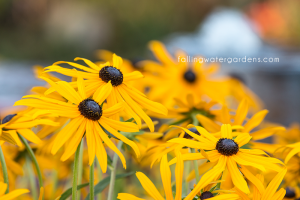 Rudbeckia fulgida ‘Goldsturm’
Rudbeckia fulgida ‘Goldsturm’
Also known as Black-eyed Susans are easy to establish, and they naturalize well and require little maintenance other than deadheading. Regular deadheading of the faded flowers keeps the plants in bloom longer. You can let the last flowers of the season remain on the plants to go to seed to feed the birds, but you will also get a good deal of self-seeding, which might not be a bad thing.
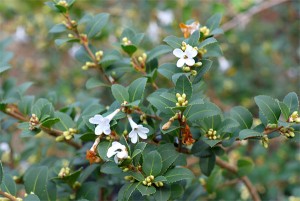 Osmanthus Delavayi
Osmanthus Delavayi
Delavay Tea Olive – A dense shrub whose abundant clusters of small, pure white, sweetly fragrant flowers envelope the plant. A fine informal or neatly sheared shrub for hedges, screens, or as a specimen. Plant near walks and entrances to enjoy the fragrance. Evergreen.
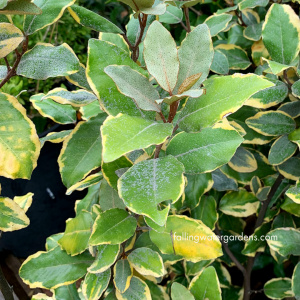 Elaeagnus Ebbingei ‘Gilt Edge’
Elaeagnus Ebbingei ‘Gilt Edge’
The leaves of this evergreen shrub are dynamite, with the sharp contrast between their dark green centers and brilliant gold margins. The new leaves are coated with silvery scales, these remain thick beneath the mature leaves but thin to dots on upper leaf surfaces. In October, small, silver-scaly flowers hide in the branches of ‘Gilt Edge’, but their presence is revealed by the exquisite fragrance that floats on the autumn air. Like other Eleagnus, this is extremely adaptable, growing in full sun or part shade. It is drought tolerant and can be used as screening or hedging. Plant it as an accent plant, to brighten a dark spot, or use it in a mixed border with other shrubs and perennials.
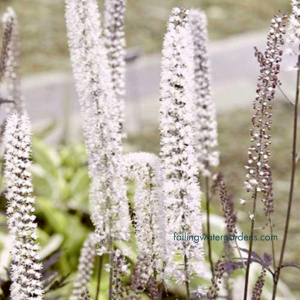 Actaea ‘Hillside Black Beauty’
Actaea ‘Hillside Black Beauty’
Unlike other bugbanes, ‘Hillside Black Beauty’ offers deep purple-black foliage. From late spring to late summer, its dark hue makes a wonderful backdrop for colorful foliage and flowering shade plants. In fall, fragrant, cream-colored flowers appear on tall, wand-like stems. An added plus: this plant is deer resistant.
Wedding & Events Venue
 Congratulations to all the newlyweds who we had as our guests this summer! You made our gardens feel the love! And we are excited for the new couples who are planning their weddings in our gardens for 2022!
Congratulations to all the newlyweds who we had as our guests this summer! You made our gardens feel the love! And we are excited for the new couples who are planning their weddings in our gardens for 2022!
Remember, in addition to weddings, we can host events such as birthdays, graduations, baby showers, and corporate events. Reach out to us today to schedule and start planning your event!
Email us today: weddings@fallingwatergardens.com

